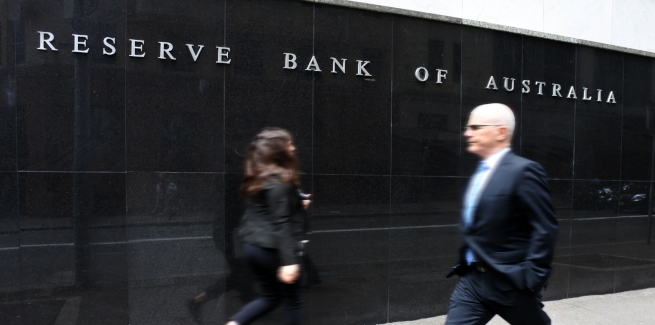On Tuesday, the Reserve Bank of Australia (RBA) reduced the official cash rate to a new record low of 0.75 per cent.
The cash rate has now been slashed by a cumulative 75 bps over the past five months, with the RBA also lowering rates in June and July.
Following the announcement, RBA governor Philip Lowe said that the central bank deemed it “appropriate” to ease monetary policy further, as it aims to “make more assured progress towards both full employment and the inflation target”.
“We still expect to make progress on both fronts, but that progress is slower than we would like, [so the RBA’s] decision will help,” he said.
However, the timing of the RBA’s cut has been called into question, given governor Lowe’s acknowledgement that the economy “appears to have reached a gentle turning point”.
“The economy has been through a soft patch recently, but we are expecting a return to around trend growth over the next year,” he said.
“There are a number of factors that are supporting this outlook. These include the low level of interest rates, the recent tax cuts, ongoing spending on infrastructure, signs of stabilisation in some established housing markets, and a brighter outlook for the resources sector.
“Together, these factors provide a reasonable basis for expecting that the economy will remain on an improving trend from here.”
According to Robert Carnell, ING Economics’ head of research, Asia Pacific, the RBA may have jumped the gun.
“Although this cut was in line with the consensus view, there was, in our opinion, still a very strong case for not moving at this meeting,” Mr Carnell said.
“The RBA now has only three (or possibly even fewer) more conventional cuts available to them before they will have to venture into unconventional monetary easing territory – negative rates, [quantitative easing], or bond yield targeting.
“With the economy, according to governor Lowe, at a turning point, this latest cut may turn out to have been unnecessary.”
Mr Carnell said the RBA may need to leave the door open for a hike to the cash rate if it wants to continue employing a conventional easing strategy.
“The comment in the statement that it would be reasonable to ‘expect an extended period of low rates’, might need the qualifier ‘but they may also have to go up a little bit too if we are right about the economy turning’,” he said.
Nonetheless, some analysts are expecting an additional 25 bps cut from the RBA in the coming months, which would take the cash rate to 0.5 per cent.
[Related: Cash rate slashed to record low]
 ;
;
